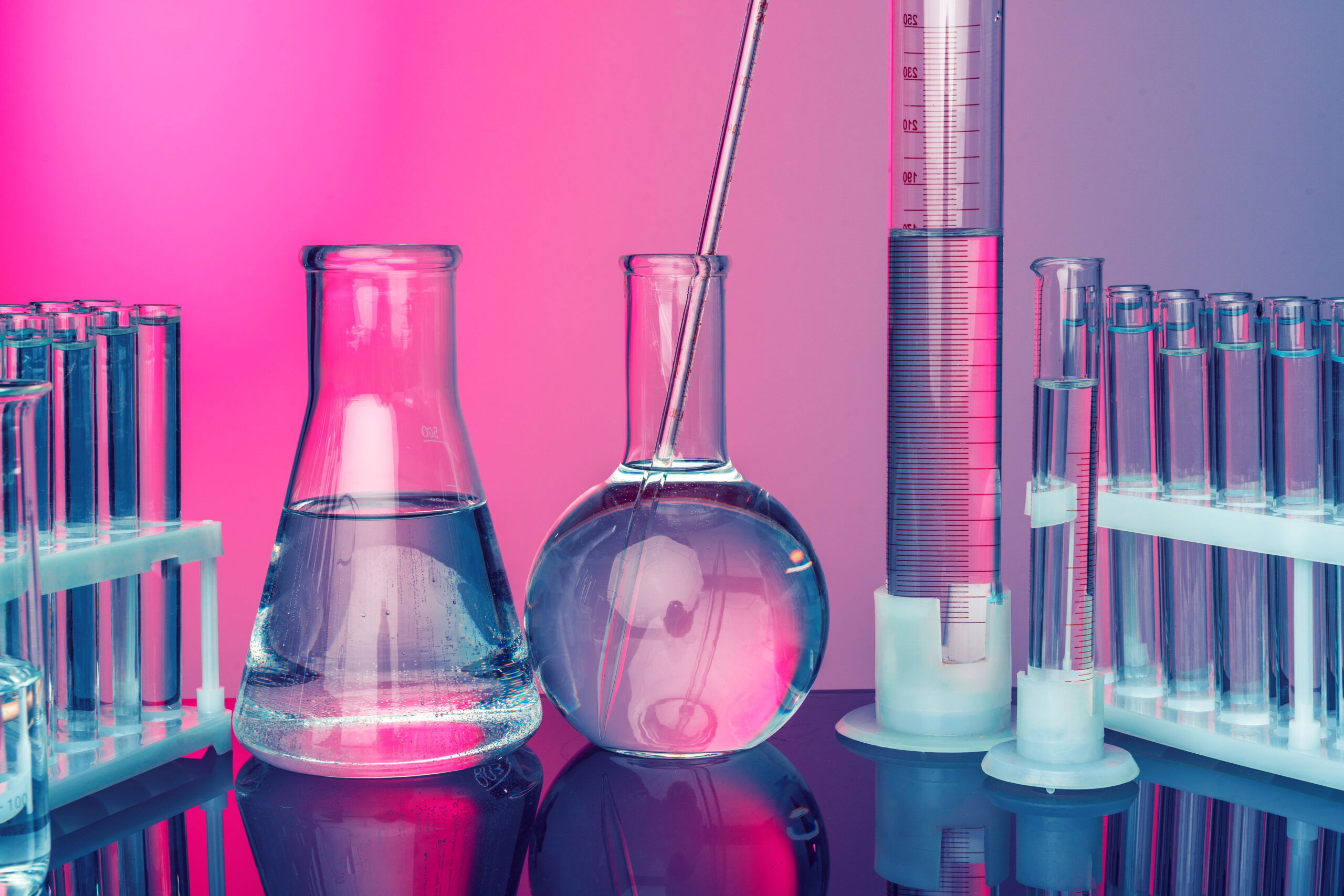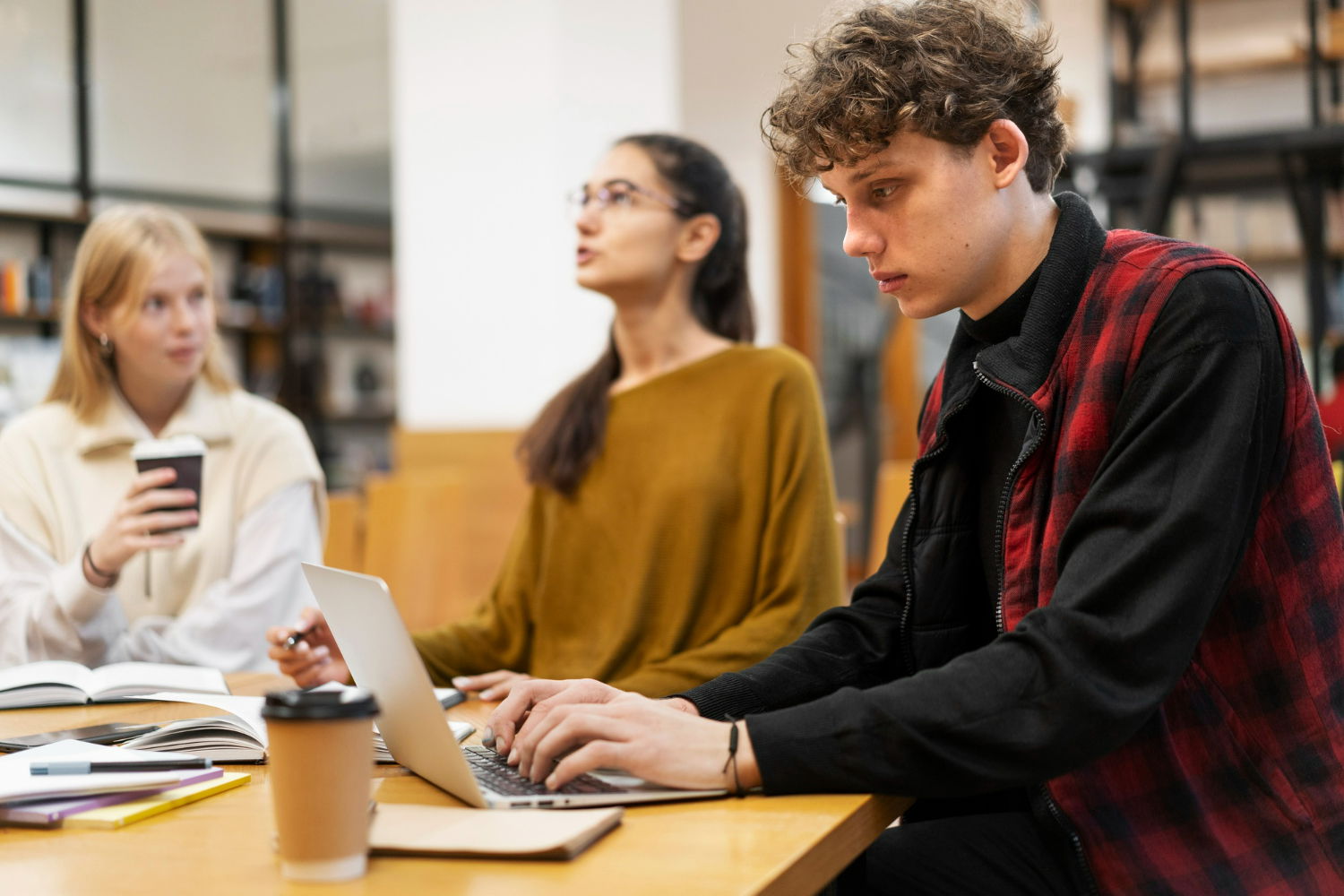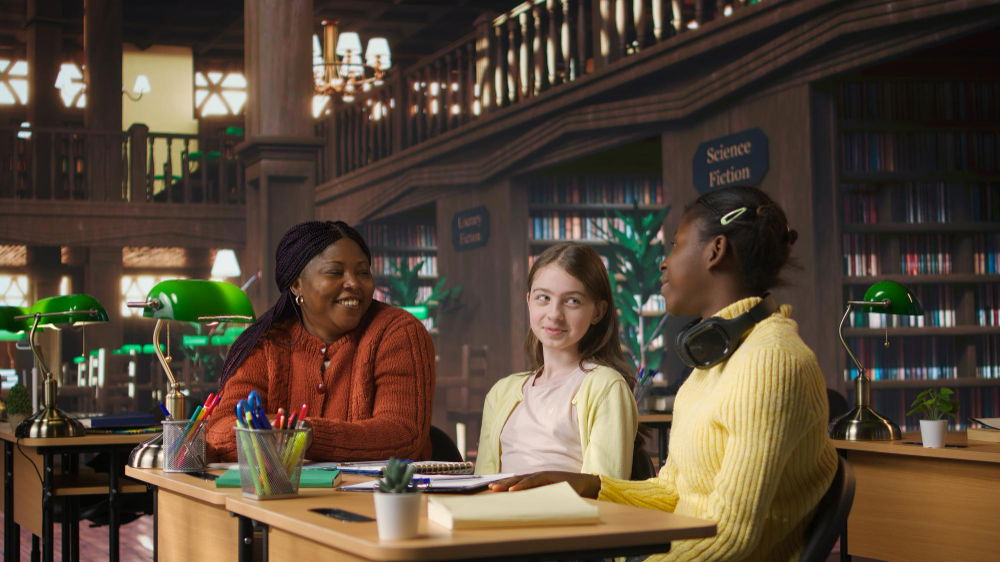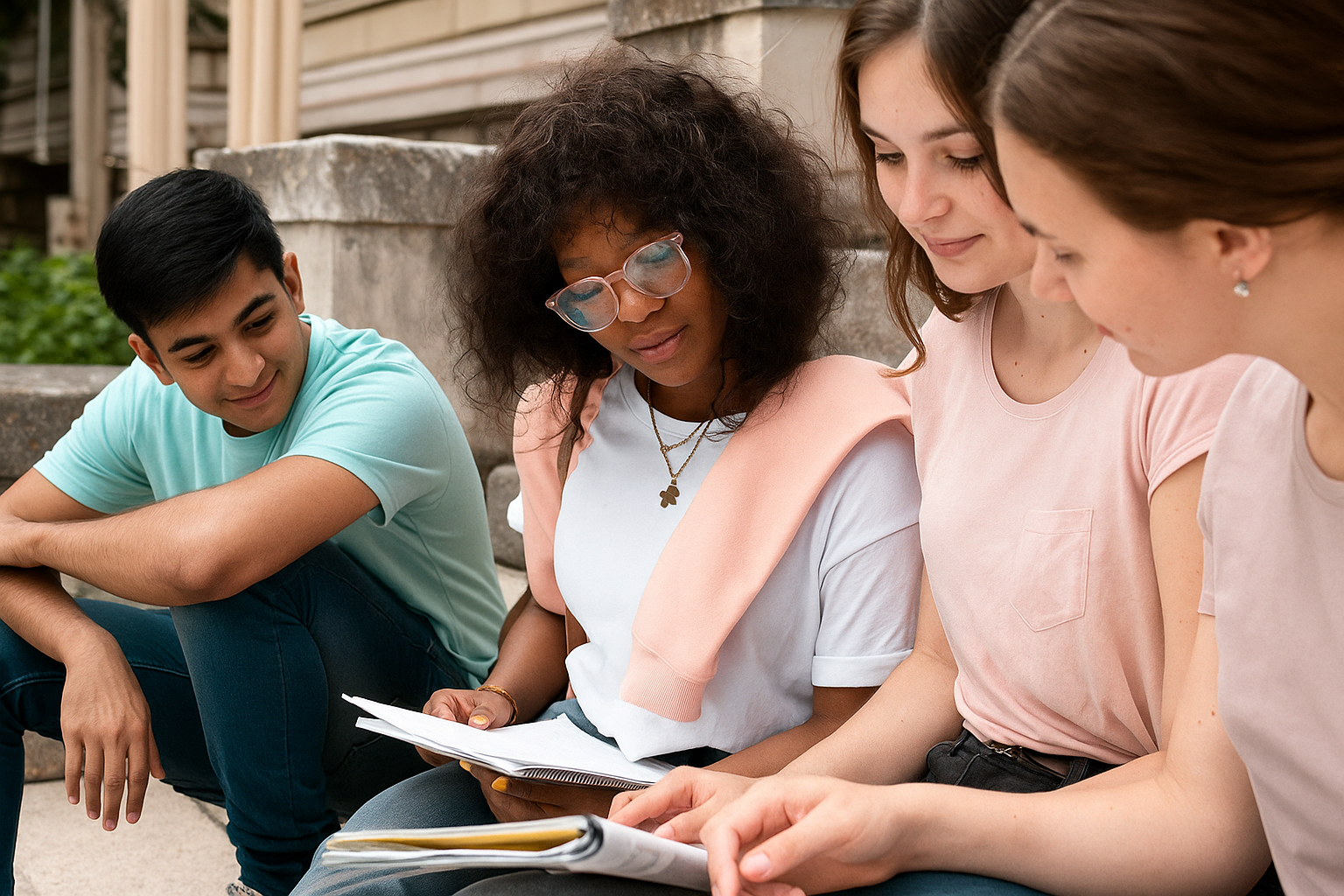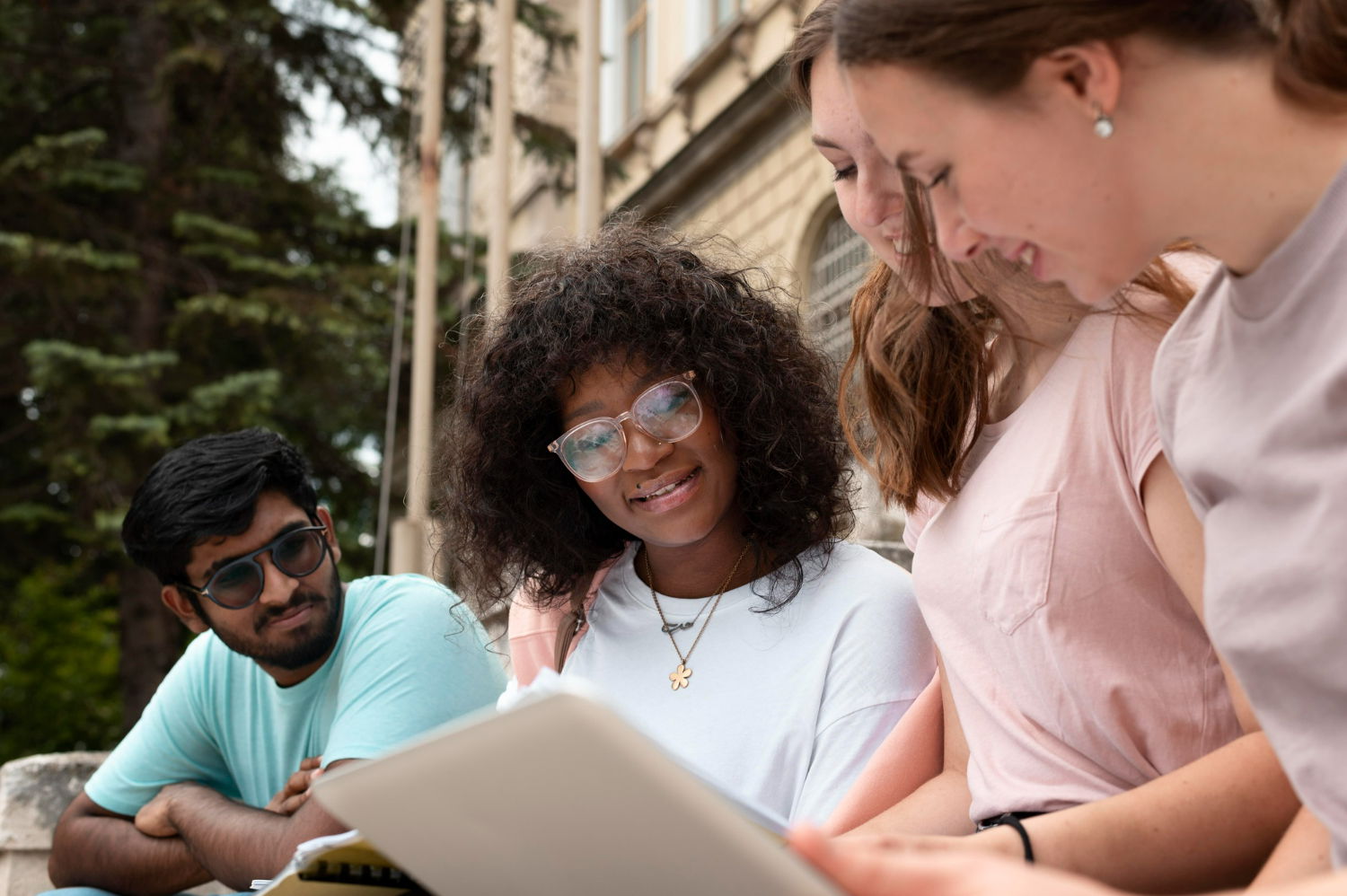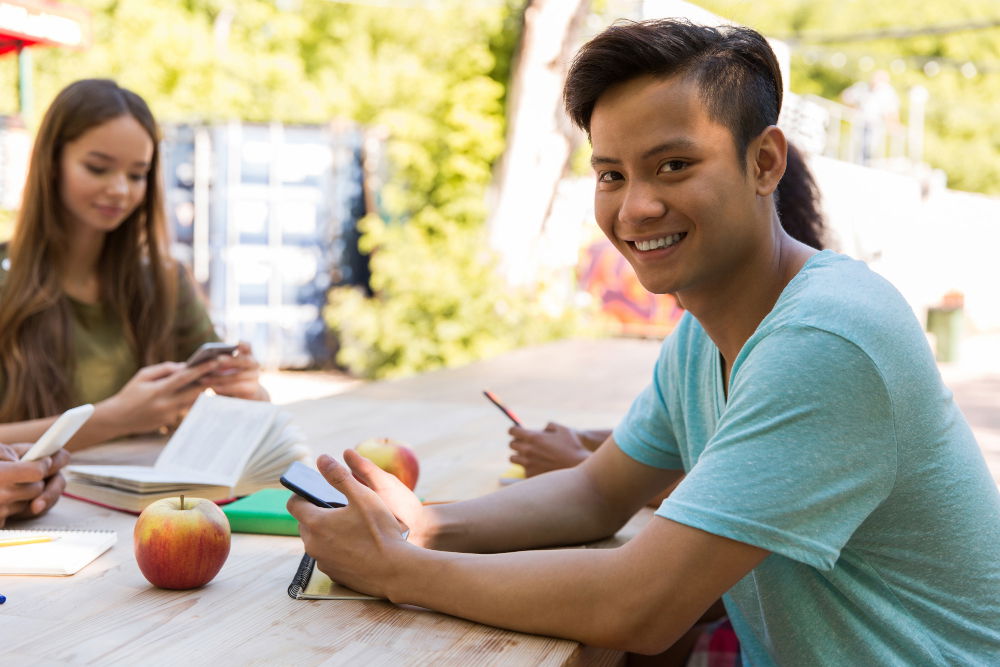IB SEHS Guide: Everything You Need to Know to Succeed
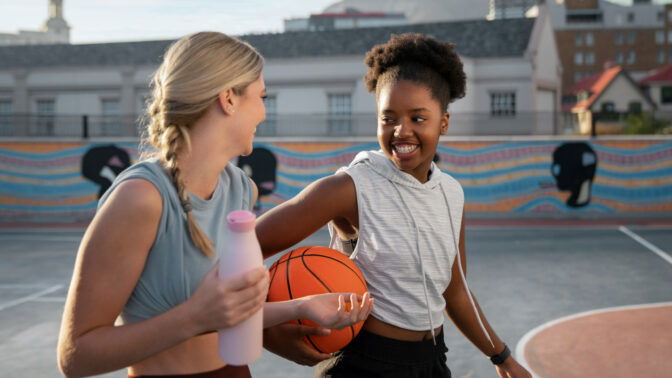
Rob has over 20 years of experience teaching Sports Science in leading independent schools in the UK and internationally, specialising in helping students achieve top grades in IB SEHS. He understands the course’s demands inside-out and as an experienced examiner, provides expert insights, structured lessons, and tailored feedback that give students the edge they need. Learn more about tuition with Rob here or see his LinkedIn.
Reviewed and updated by Rob Clarke, 25th June 2025.
Struggling to understand the IB Sports, Exercise and Health Science (SEHS) course? In this expert-led guide, Rob breaks down the syllabus, assessments, and top study strategies to help you succeed in IB SEHS—whether you’re studying at SL or HL.
Need help with IB SEHS?
What Is IB SEHS and Who Is It For?
IB SEHS (Sports, Exercise and Health Science) is a Group 4 science subject that blends biology, health, and sport science. It’s perfect for students who are interested in the scientific side of physical activity and performance—but who may not want to pursue traditional sciences like physics or chemistry.
For those passionate about sport, the course is preparation for a multitude of potential university courses and careers in the industry. The course opens the door to a wide range of exciting university courses including sport and exercise science, physiotherapy, sports psychology, nutrition, physical education, kinesiology, and even medicine when combined with other sciences.
These degrees can lead to dynamic and rewarding careers in fields such as physiotherapy, sports science, teaching, elite coaching, strength and conditioning, personal training, and sports nutrition. Whether students are passionate about improving performance, supporting recovery, or working with athletes at all levels, SEHS provides a strong and versatile foundation for a future in the health, sport, and fitness industries.
This guide will walk you through everything you need to know to succeed in IB SEHS, including how the course is structured, key topics, assessment tips, and resources. Whether you’re taking the SL or HL route, you’ll find helpful strategies here.
Core Focus Areas of IB Sports, Exercise and Health Science
In IB SEHS, students explore how the body and mind work together to influence human performance in sport and physical activity. The course blends biological and psychological science with real-world sporting contexts, helping students understand the theory behind training, performance, and health. Here are the core focus areas students will study:
Anatomy and Physiology
Students learn how the body’s systems – such as the muscular, skeletal, cardiovascular, and respiratory systems – work together to enable movement and support athletic performance. Through practical and theoretical study, they gain an understanding of how these systems respond and adapt to exercise and training, as well as how to reduce the risk of injury.
Exercise Physiology and Nutrition
This area looks at how the body produces energy, the acute and chronic effects of exercise, and how to train effectively for different fitness goals. Students also explore the role of nutrition in performance and recovery, learning how diet and hydration strategies can impact both elite athletes and everyday exercisers.
Biomechanics and Movement
Students examine how the principles of physics apply to human movement. By analysing force, motion, and technique, they learn how to improve performance and prevent injury. Topics such as levers, balance, projectile motion, and technology in sport provide valuable insight into the mechanics behind skill execution.
Psychology and Learning
This section focuses on how psychological factors influence performance and how athletes acquire and refine skills. Students explore theories of learning, motivation, confidence, and group dynamics, gaining insight into what drives sporting success and how coaches and athletes can optimise mental preparation.
Skills You’ll Develop in IB SEHS
Beyond learning about the science of sport and exercise, IB SEHS helps students build a wide range of transferable skills that are valuable in both university and future careers. Whether you’re carrying out experiments, analysing performance data, or working in a team, this course prepares you to think critically, solve problems, and communicate effectively.
Scientific Thinking
Students learn how to ask meaningful questions, form testable hypotheses, and design their own experiments. From planning through to data collection and analysis, they use the same methods as real sports scientists. For example, in their Internal Assessment (IA), students might test the effects of caffeine on reaction time or investigate how different warm-up strategies impact sprint performance.
Critical Thinking
IB SEHS encourages studets to evaluate information rather than just accept it. They learn to spot patterns in performance data, question what you see, and draw thoughtful conclusions. For example, when analysing fitness test results or recovery methods, students may consider not only what the numbers show but why they might vary and what could be improved.
Communication
Whether it’s through writing lab reports, giving presentations, or explaining findings, clear communication is essential. Students will practise sharing complex ideas in a way that others can understand – a key skill in both academic and professional settings. Forr example, students may present their IA findings to their class, just as a sports scientist would explain results to a team.
Teamwork
Practical lessons and group projects give students plenty of opportunities to collaborate with others. Students learn how to divide tasks, share ideas, and support their teammates. This is especially important in laboratory experiments or when gathering data in a practical setting, where success often depends on working well as a team.

SL vs HL: What’s the Difference in IB SEHS?
IB SEHS is available at two levels: Standard Level (SL) and Higher Level (HL). Both include the same core syllabus, but HL students study additional topics and complete an extra exam paper (Paper 3).
Key Differences:
- HL includes extra units such as fatigue, training programmes, and environmental factors.
- HL students are assessed on more material and take an extra paper.
- HL provides greater depth—ideal for students considering careers in sport science, medicine, or physiotherapy.
Choosing between Standard Level (SL) and Higher Level (HL) in IB SEHS is an important decision. The right choice depends on interests, future goals, and how much time students want to dedicate to the subject. While both levels provide a strong foundation in sports science, HL offers more depth and is better suited to students aiming for careers or university courses in health, sport, or science-related fields.
IB SEHS is offered at two levels: SL and HL. Both cover the same core syllabus, which includes anatomy, physiology, biomechanics, psychology, and nutrition. However, HL students go further with additional units and a more rigorous assessment.
HL includes additional topics beyond the SL syllabus
These extra HL-only units cover advanced content such as training programme design, fatigue and recovery, and how environmental factors like altitude and heat affect performance. For pupils curious about what makes elite athletes adapt and improve in extreme conditions, HL gives them the chance to explore these areas in more detail.
HL students sit an extra exam paper
In addition to the shared assessments, HL students complete Paper 3, which tests their understanding of the HL-specific topics. This means more content to study and a longer overall exam schedule, but it also offers a chance to demonstrate a deeper understanding of complex sports science concepts.
HL prepares you for sport- and science-related university pathways
For pupils considering studying sport science, physiotherapy, medicine, or a related field at university, HL is a smart choice. The extra content and challenge show admissions tutors that you’re ready for academic rigor and serious about the subject.
What Will You Study in IB SEHS?
The IB SEHS course is structured around several key blocks of content, each designed to give pupils a deeper understanding of sport and exercise from a scientific perspective. These units form the foundation of assessments—both in your exams and the internal investigation (IA). More importantly, they help students understand how the body and mind work together in athletic performance, how training and nutrition affect outcomes, and how skills are developed and refined.
Anatomy, Physiology, and Movement Science
This section explores how the body’s systems function during physical activity. Pupils study the structure of muscles, bones, lungs, and the heart—crucial knowledge for understanding fitness, injury prevention, and athletic performance.
- How the musculoskeletal, cardiovascular, and respiratory systems work
- Neuromuscular control and how nerves activate muscle groups
- Basic biomechanics, including force, levers, and joint movement
- How to analyse movement and improve technique
Example in practice: Understanding why a tennis serve relies on core rotation and shoulder flexibility.
Energy Systems, Training, and Nutrition
In this topic, pupils dive into how the body generates and uses energy during different types of exercise, how to train for specific goals, and how diet supports performance and recovery.
- The ATP-PC, glycolytic, and aerobic energy systems
- Adaptations to resistance, endurance, and flexibility training
- The role of carbohydrates, fats, protein, and hydration
- How to structure a training programme for performance
Example in practice: Why marathon runners carbo-load, or how sprinters train their phosphagen system.
Sports Psychology and Skill Acquisition
Athletes need more than physical ability—mental preparation, confidence, and learning strategies are just as vital. This part of the course shows how psychological factors influence performance and how skills are learned, developed, and refined.
- The impact of motivation, arousal, and anxiety on success
- How feedback and practice influence learning
- Theories of learning (cognitive, associative, autonomous stages)
- Skill classification and types of guidance
Example in practice: Using mental imagery to improve a golf putt, or breaking down a rugby pass into clear, teachable steps.
Need help with this subject?
100 % of tutors are certified teachers and examiners
Themes in IB SEHS: What You Need to Know
In IB Sports, Exercise and Health Science (SEHS), the course content is built around key ideas that connect throughout the syllabus. This is particularly important in the Internal Assessment (IA). The course themes guide pupils how to learn, investigate, and apply scientific principles in sport. Understanding them will help pupils tackle the course with confidence and prepare them for university-level study. The themes are:
The Nature of Science: Understanding How Science Works
This theme is all about exploring how scientific knowledge is created and evolves. Students will learn to apply the scientific method specifically in sports science — that means forming hypotheses, designing experiments to test them, and critically evaluating findings. Importantly, students will see that scientific conclusions are always provisional, built on the best available evidence but open to revision with new data.
What students will do:
- Design studies that are objective and reliable
- Understand how new information can challenge existing ideas
Example:
Students might investigate how hydration levels affect sprint performance, learning to consider variables like temperature, fatigue, and motivation that influence results. This teaches students to think critically about what your data really means.
Approaches to Learning: Collaboration, Communication, and Critical Thinking
IB SEHS doesn’t just focus on what students learn, but also how they learn. Collaboration is vital — many practical experiments require teamwork. Students also need to communicate their results clearly, whether in writing or presentations. They also develop their ability to critically analyse performance data, spotting trends and questioning conclusions.
What students will do:
- Work effectively in groups during experiments and projects
- Present findings clearly and confidently
- Critically evaluate data quality and relevance
Example:
During their IA or class experiments, students will discuss findings with peers, challenge interpretations, and refine their conclusions based on feedback.
Skills in SEHS: Investigating, Analysing, and Evaluating
The course builds scientific skills through practical work and assessments. Students will plan and carry out experiments, analyse the data collected, and evaluate the reliability and limitations of your methods. These skills mirror what real sports scientists do in labs and the field.
What students will do:
- Develop detailed experimental plans for your IA
- Analyse data sets to identify meaningful trends
- Reflect on your methods to understand what worked and what didn’t
Example:
For the IA, students might investigate how different warm-up techniques impact reaction time, then evaluate factors like sample size and measurement accuracy that affect confidence in the results.

This integrated approach means students are not just memorising facts. They are learning to think and work like a scientist, preparing them for higher education and careers in sport science, medicine, physiotherapy, and beyond.
Assessment Structure Explained: Why Knowing the Exam Matters
Success in IB SEHS depends not just on what students know but on how well they understand the exam format and tailor their preparation. Each assessment paper targets different skills, ranging from recall and quick thinking to deep analysis and application. By mastering the distinct demands of each paper, students can work smarter, focus their revision effectively, and maximise their grade potential.
Paper 1: Multiple-Choice (30 minutes, SL & HL)
This paper tests students’ foundational knowledge across the core syllabus with 30 questions for Standard Level and 40 for Higher Level students. It assesses the ability to recall key facts, understand concepts quickly, and apply knowledge under time pressure.
Expert advice:
- Students should use active recall techniques like flashcards to embed core terms and definitions.
- Timed practice with past paper questions is crucial for building speed and accuracy.
- It is important to understand why answers are correct to avoid careless mistakes rather than just memorising.
Paper 2: Data-Based/Application (1 hour 15 minutes for SL, 2 hours 15 minutes for HL)
This paper challenges students to interpret data, analyse real-world sporting scenarios, and write structured, evidence-based responses. It tests higher-order thinking which refers to how well students can evaluate information, draw conclusions, and apply theory to practice.
Expert advice:
- Students should regularly practise reading and interpreting graphs, tables, and experimental results.
- Studying past paper mark schemes helps understand the criteria for top marks—focusing on linking theory and data effectively.
- Developing concise essay-writing skills that build arguments clearly and use precise scientific language is essential.
Paper 3: Higher Level Only (1 hour)
Exclusive to HL students, this paper covers the optional topics chosen, such as Optimising Performance or Sports Psychology. It demands in-depth understanding and the ability to apply theory to complex case studies.
Expert advice:
- Students should choose the option they are most interested in to stay motivated and excel.
- Using case studies actively to apply concepts to real athletes or teams is highly beneficial.
- Focus should be on synthesising knowledge across topics rather than memorising isolated facts.
- By familiarising themselves with these exam components and using targeted strategies, students will feel more confident and prepared on exam day.
Weighting Overview:
| Component | SL (%) | HL (%) |
| Paper 1 | 20% | 20% |
| Paper 2 | 35% | 35% |
| Paper 3 | — | 20% |
| Internal Assessment | 25% | 20% |
| Group 4 Project | 20% | 5% |
Best Resources to Support IB SEHS Learning
IB Sports, Exercise and Health Science (SEHS) requires more than just reading through notes.It challenges students to apply scientific ideas to real-life sporting scenarios. The most successful learners tend to use a range of resources to help visualise key concepts, relate them to practical examples, and build confidence with data interpretation. Below are some of the most effective tools and strategies used by top-performing students.
Diagrams to Break Down Complex Systems
Many students benefit from seeing how the body’s systems work rather than just reading about them. Visuals such as flow diagrams of the cardiac cycle, energy systems or neuromuscular coordination can help organise ideas and make revision more effective. These can be created using simple online tools or drawn by hand to reinforce memory. For instance, sketching out how the lactic acid system fuels short-term activity helps build understanding for both exams and coursework.
Case Studies that Link Theory to Sport
Making connections between what’s studied in class and what happens in professional sport helps make the subject feel more relevant. Many students look at examples such as how elite cyclists manage their training load during a stage race, or how tennis players use mental strategies during key points. Watching short video clips, reading athlete interviews, or analysing real performance data can bring topics like recovery or arousal theory to life. This helps with stronger responses in Paper 2 and the IA.
Practice with Data, Graphs and Trends
A major part of assessment in SEHS involves interpreting data. Students often practise by working through tables and graphs from past exam questions, or even plotting data from simple experiments themselves. Getting used to spotting trends, such as changes in VO₂ max across age groups or the effect of different warm-ups on reaction time, helps build confidence. Over time, this leads to better performance in exam papers that ask students to analyse and evaluate results.
Final Tips to Succeed in IB SEHS
Succeeding in IB SEHS comes down to consistency, curiosity, and clear thinking. The subject is demanding, but with the right strategies, students can build a strong understanding of the content and perform well in both coursework and exams.
Stay Organised
One of the most effective things students can do is to stay organised. Breaking the syllabus down into smaller, manageable sections helps avoid last-minute panic and allows for deeper learning over time. Rather than trying to tackle everything in one go, it’s much more effective to set regular goals and return to key topics repeatedly. This approach is especially useful in a subject like SEHS, where concepts from physiology, biomechanics, and psychology often connect and overlap.
Use Active Recall
Active recall is another proven strategy. Instead of re-reading notes or highlighting textbooks, students should focus on testing themselves. Whether that’s using flashcards, practising exam questions, or explaining concepts out loud, the aim is to bring knowledge to mind without looking. It can feel uncomfortable at first, but it’s one of the most powerful ways to make information stick.
Plan Your IA Early
When it comes to the Internal Assessment, starting early makes a real difference. Choosing a topic that is interesting, measurable, and directly related to the syllabus gives students the best chance of success. The IA isn’t just about collecting data—it’s about showing clear thinking, using good methods, and drawing thoughtful conclusions. Students who rush it often miss out on opportunities to refine their investigation or reflect properly on their results.
Know the Command Terms
Understanding command terms is another area that shouldn’t be overlooked. In IB exams, every question is carefully worded, and terms like “explain”, “evaluate”, or “outline” have specific meanings. Knowing the difference between them is key to writing strong answers. A good tip is to practise questions sorted by command term to build confidence in how to approach each type.
Review Examiner Reports
Finally, examiner reports are a hugely valuable resource. They show what examiners are expecting, highlight common mistakes, and give examples of what high-quality responses look like. Students who take the time to read these reports often gain a clearer sense of how to improve their exam technique and avoid pitfalls that others have made.





